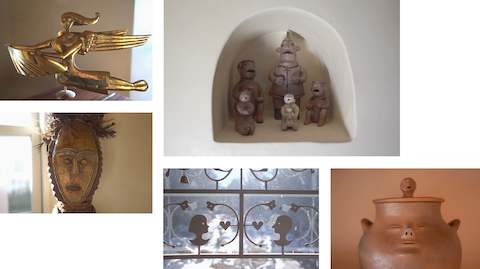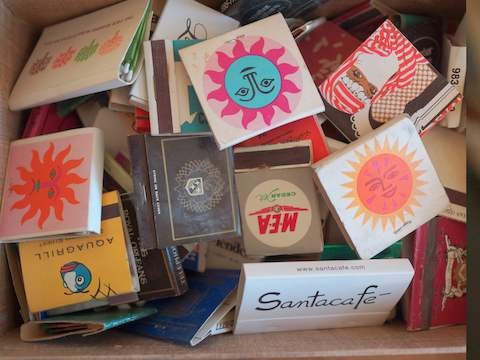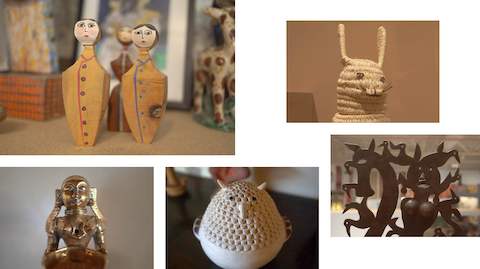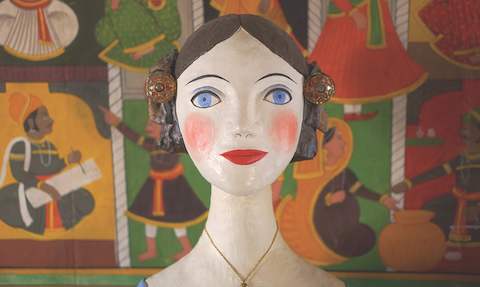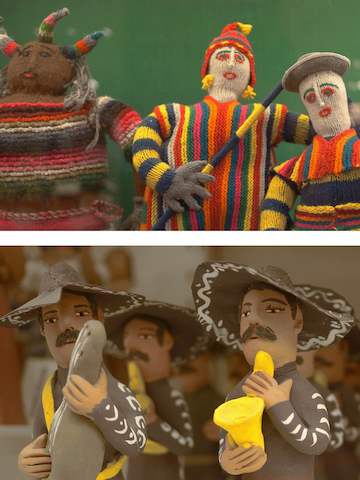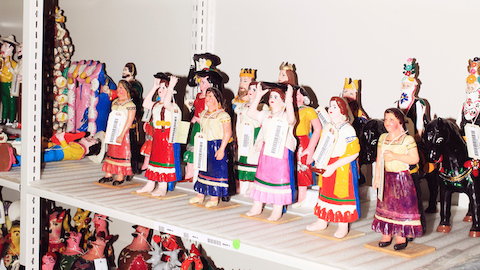While much of 20th century modernism was predicated on a strict break from tradition, Alexander Girard held an entirely different view. He saw the past as integral to the present—as a vital part of what it means to be human. This approach is evident in the textile, furniture, and environmental designs he created during his 21- year tenure with Herman Miller. While strikingly modern, they draw on a wide range of global influences and techniques.
In the following essay, reprinted from the small book “The Magic of a People,” Girard makes clear the value he found in handcrafts and individual expression. It was a progressive view for his time, and one that clearly resonates today. Just as our world has become increasingly commercial, global, manufactured, conversely there has been an explosion of interest in handmade items, craft, heirloom ingredients, and forgotten traditions. Part of why Girard's work—like the Environmental Enrichment Panels he designed to enliven the first panel-based office system—remains so relevant is that he was able to synthesize and bridge these disparate forces into a coherent whole.
Captured over a weekend in Santa Fe one year ago, the following images explore the many faces (literally) that inspired Girard, or that Girard created to inspire those who follow in his path.
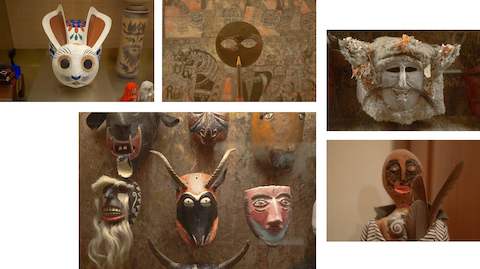
The Magic of a People by Alexander Girard
As human necessities and purposes change, whole worlds die—and new scenes, customs, and beautiful things are born. Yet no matter how exciting the discoveries each generation makes for itself, it is always painful to see the past vanish, taking parts of it with us.
In most of us there is a tendency to try to halt time, to relive the past through the accumulation of souvenirs, to which we cling as the child to an old doll. We treasure artifacts that remind us of people we once knew and loved, and we add to our collection objects of many kinds, which we identify with a past or a way of life we would like to see perpetuated… somehow.
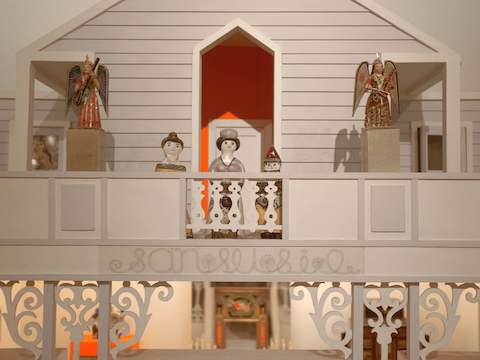
The "handcraft" civilization is rapidly disappearing, and we delude ourselves if we think that artificial means can keep this highly individual form of expression alive as organic part of our present society. Technology constantly changes our way of life and forms expression.
Yet we can, and I firmly believe we should, preserve evidence of the past, not as a pattern for sentimental imitation, but as nourishment for the creative spirit of the present, so that we too may evolve customs and shape objects of equivalent value in our own way, in our own time, taking advantage of the many new methods and materials at our disposal. In this way we will neither ignore nor forget the spirit of individuals who have died, the spirit of a people. We will remember them by their unique voices, which echo still out of their creations, and we will be inspired by them.
The objects exhibited on these pages are part of the past. They were lovingly formed by craftsmen in that part of our hemisphere where the Iberian culture fused with the great indigenous civilization that already existed there. This fusion gave us the culture of Latin America.
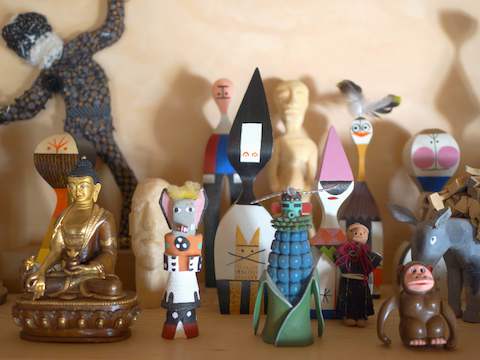
Today these toys and other decorative objects communicate to us the powerful spirit of an unusual and highly imaginative people. For the most part they are the expression of naïve and unsophisticated people who have lived close to the earth and created wondrous fantasies out of the simplest materials. The objects communicate directness, simplicity, and firm spiritual beliefs, as well as humor, whimsy, tragedy, and love.
Wisdom and gratitude demand that we acknowledge their message, which comes to us so vividly out of the past, appealing to the children within us and in turn to our children. As we look at these enchanting toys and figures we are invited to translate their meaning into the terms of our own experience—and to attempt to create customs and forms that are just as significant, poetic, and valid.
Excerpted from “The Magic of a People” (Viking Press, 1968)
